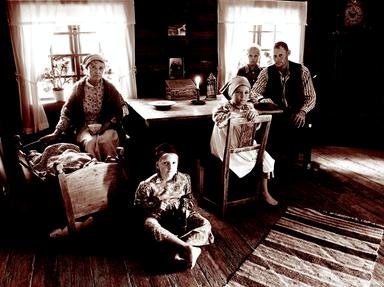
Historical Firsts: Chicago World's Fair 1893 Quiz
There were many historical firsts and introductions of new inventions during the Chicago World's Fair that took place in 1893. Match the new product or feature to the person associated with it. Learn a little bit while enjoying the fair!
A matching quiz
by stephgm67.
Estimated time: 3 mins.